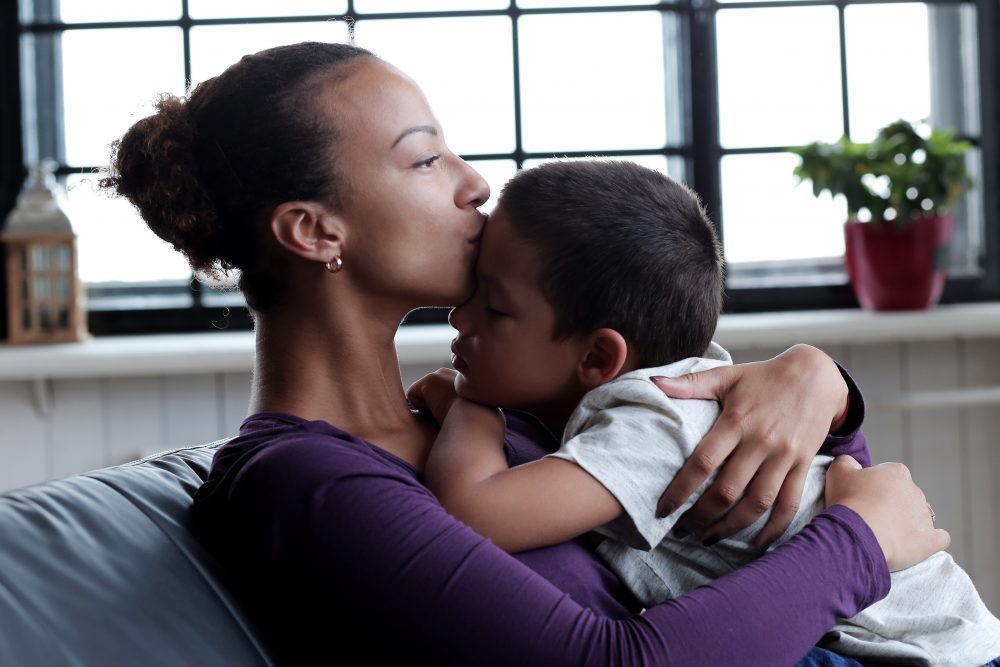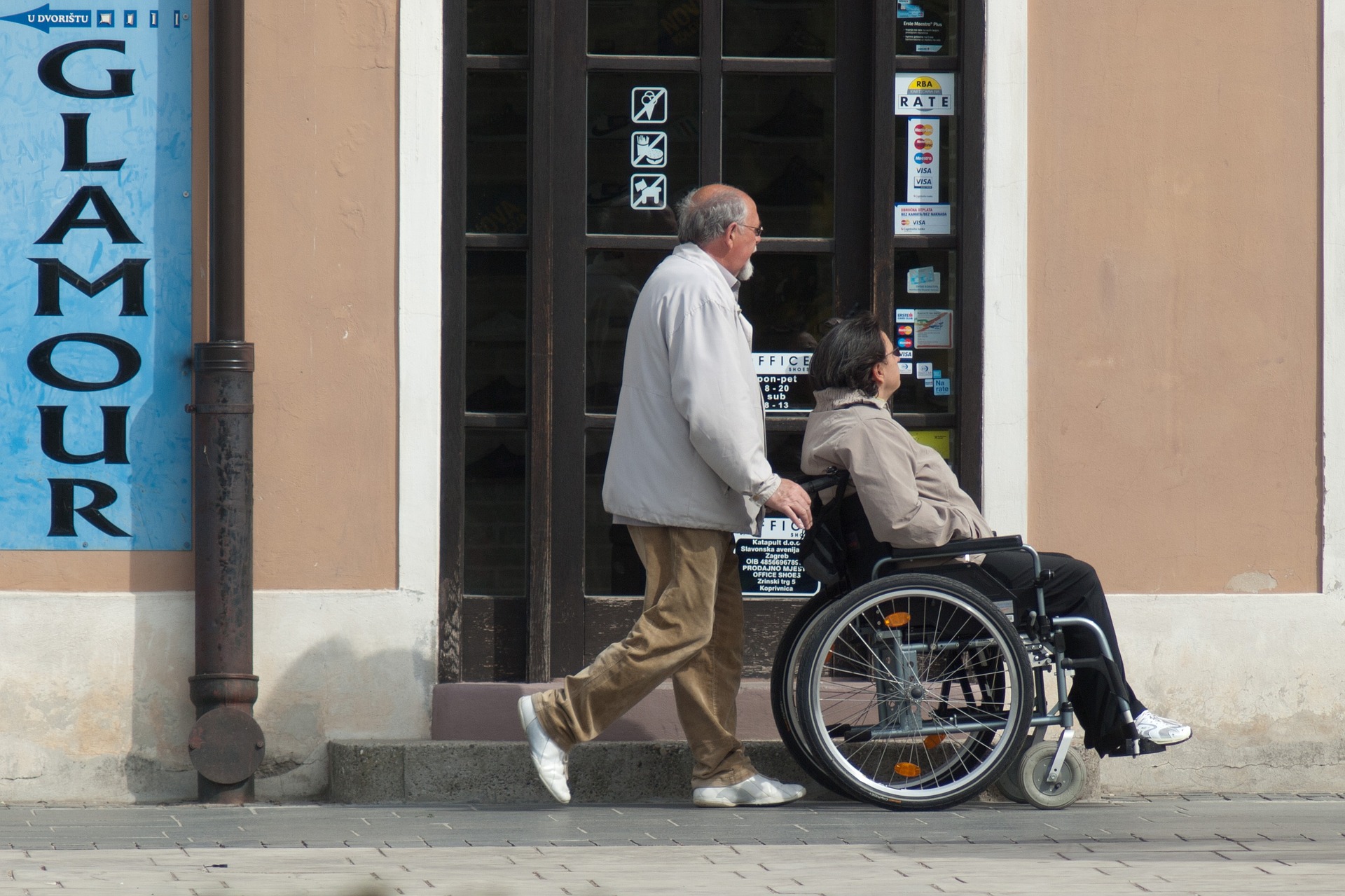Number of People Uninsured Significantly Increases, Being a Woman Still Raises the Odds of Being Poor in America, and the Wage Gap for Women Remains Static
(Washington, D.C.) The number of people who are uninsured spiked in 2018, marking the largest increase in several years and reflecting the efforts of the Trump Administration to undercut the Affordable Care Act. The poverty rate only had significant declines for non-Hispanic whites—and all other races failed to see meaningful progress. For women overall, the wage gap did not close by even one cent in 2018.
Health Insurance and Medicaid Coverage in 2018:
- Despite 92 percent of women and girls having some health insurance in 2018, 12.5 million remained uninsured in 2018.
- In 2018, Census has eliminated tables that provide further analysis of women 18 and older or non-elderly adult women age 18-64.
“The Trump Administration’s aggressive attacks on the Affordable Care Act have begun to take hold: for the first time in years, the number of Americans without health insurance has significantly increased,” said Dorianne Mason, NWLC Director of Health Equity. “But in an unprecedented move, the U.S. Census Bureau has withheld long-standing data that breaks down health insurance coverage by race and age. This means that no one outside of the Administration can know how many adult women are going without health insurance. Why is the Administration hiding the consequences of its targeted attacks? We know it has sought to undo patients’ protections against discrimination, unlawfully required individuals to work a set number of hours to receive critical Medicaid coverage, and initiated a public charge rule that harms immigrant communities. The Administration’s hits to health care know no bounds. Everyone deserves access to care and we will fight to defend it.”
Poverty Snapshot in 2018:
- Nearly 15.6 million women 18 and older, or nearly one in eight, lived in poverty in 2018. More than double that number—37.6 million—were economically insecure (meaning they lived below 200 percent of the federal poverty line).
- Poverty rates were far worse for many women of color: 20 percent of Black women and 18 percent share of Latina women were in poverty last year as compared to 7 percent of white, non-Hispanic men.
- Nearly 1 in 3 women of childbearing age (18-44) was economically insecure in 2018.
- Women made up more than 6 in 10 seniors who lived in poverty last year, with the poverty rate for senior women at 11 percent.
- More than one in three female-headed families with children were poor in 2018. Nearly 6 in 10 poor children lived in a female-headed household last year.
“It’s no surprise, but it’s important to repeat: At every stage of life, women are more economically insecure than men,” said Melissa Boteach, NWLC Vice President for Income Insecurity and Child Care/Early Learning. “Sexism is literally baked into our economy from occupational segregation, employment discrimination, lack of support for caregiving, and more. The sobering fact that nearly one in three women of child-bearing age (18-44) is economically insecure underscores the urgency of raising the minimum wage, strengthening tax credits for working families, and investing in affordable, high-quality child care. Unfortunately, the Trump administration is taking us in the opposite direction—slashing supports that low-income women and families need to thrive. Today’s data spotlight the power of policy to strengthen or worsen women’s and families’ economic security. And it sends an urgent signal to politicians to enact policies that raise wages, help families meet basic needs, and tackle income inequality. Millions of women and families across the country can’t wait any longer.”
Wage Gap in 2018:
- There was no statistically significant difference in the wage gap between 2017 and 2018. Women working full time, year round were still paid just 82 cents for every dollar paid to their male counterparts.
- The wage gap was even worse for many women by race/ethnicity:
- Asian women working full time, year round were paid just 90 cents for every dollar paid to white, non-Hispanic men.
- Black women working full time, year round were paid just 62 cents for every dollar paid to white, non-Hispanic men.
- Latina women working full time, year round were paid just 54 cents for every dollar paid to white, non-Hispanic men.
- White, non-Hispanic women working full time, year round were paid just 79 cents for every dollar paid to white, non-Hispanic men.
“Women workers didn’t score even a single penny raise last year,” said Emily Martin, NWLC
Vice President for Education & Workplace Justice. “When we compare women of all races working full time, year round to men of all races working full time, year round, women are still typically paid 82 cents for every dollar a man makes—and this is outrageous. If we don’t close this wage gap, a woman starting her first job today stands to be shortchanged hundreds of thousands of dollars over a 40-year career—and some Black and brown women will lose more than a million. That is life-changing money. But Mitch McConnell is continuing to refuse to allow a vote on the Paycheck Fairness Act, which the House passed months ago. Women simply can’t afford Senator McConnell’s inaction on equal pay any longer.”
** The Census Bureau reports no statistically significant difference in the wage gap from last year – so the wage gap remains the same. Census recently began using a new method to estimate income for individuals with partial missing data in the CPS ASEC, which is the source of the wage gap figure. Under the updated method, women working full time year round in 2017 were paid 81.7 cents for every dollar paid to their male counterparts and they were paid 81.6 cents for every dollar paid to their male counterparts in 2018.
NWLC will continue to update its analysis here.
###
For immediate release: September 10, 2019
Contact: LySaundra Campbell ([email protected])




